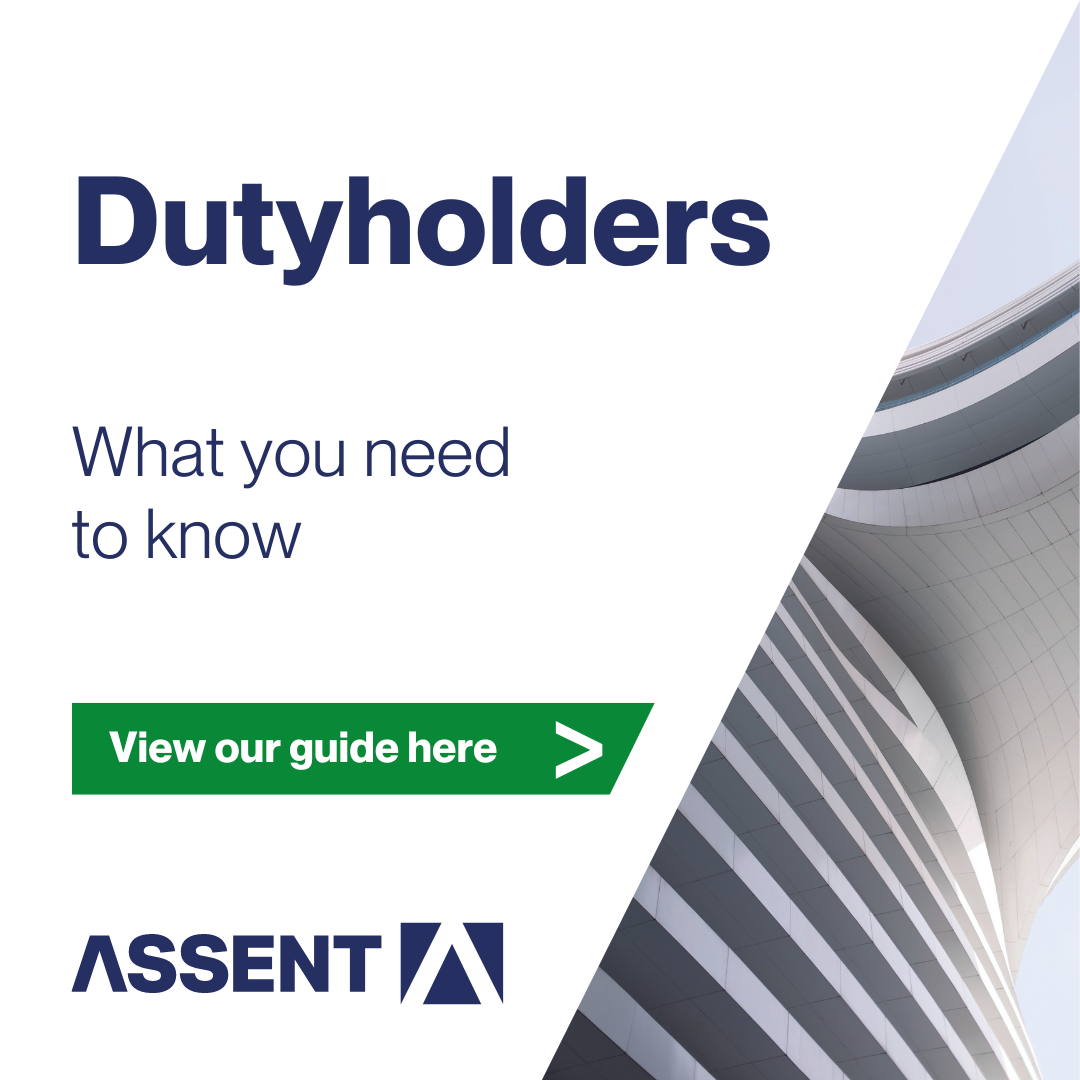
New dutyholder requirements must now be considered for all building projects as part of the changes made through the introduction of the Building Safety Act 2022.
These changes took effect from 1 October 2023, but there are transitional provisions for projects where initial notices were issued before that date. For all other projects, the dutyholder requirements must be followed.
Here, we explore what has been introduced and what this means for your building project.
There is one common theme throughout the changes being made by the Building Safety Act: accountability. The intent is to implement mechanisms within the law to identify who is responsible at each stage during the design and construction of building work and, of course, once a building is occupied.
Quite rightly, there is considerable focus on higher-risk buildings (HRBs), but the changes apply to all work subject to the building regulations. The intent is to ensure that duty holders are identified and expectations are clear, all leading to driving culture change within the construction industry.
All those involved in the design and construction of buildings will have a role to play, whether you are a builder or tradesman involved with a domestic extension project or a Tier 1 contractor building a new multi-storey mixed-use building.
There will be an expectation that regulators, including all building control bodies, will use the enforcement powers available to them where appropriate and proportionate. These new dutyholder provisions will prove critical to the root causes of future building regulations contraventions, providing a ‘track back’ to those responsible.
The competence of all involved in the design and construction of buildings is central to the new dutyholder roles. The structure of the regulations is similar to that contained in CDM2015, and whilst those acting as a CDM principal designer could act as the building regulations principal designer, only those who are competent should act in this capacity.
BSI has developed Flex 8670, which includes PAS8671 and PAS8672 for principal designer and principal contractor roles. This series provides the framework for competence and will likely form the basis for the industry to evidence competence in these new roles moving forward.
There will be three new key roles for building projects: client, principal designer and principal contractor. Each has specific responsibilities related to planning, managing and monitoring both the design and construction phases of a project to ensure compliance with building regulations.
Client - any person for whom a project is carried out
Domestic client – a client for whom a project is being carried out which is not in the course or furtherance of a business of that client.
A client must appoint a principal designer and principal contractor for a project and make arrangements for the planning, managing and monitoring of a project to ensure compliance with all relevant requirements.
For domestic clients, the same arrangements must be in place for the planning, managing and monitoring a project to ensure compliance with all relevant requirements, but they will not always make the dutyholder appointments.
Therefore, similar to CDM2015, designers and contractors will take on the responsibilities by default:
The contractor – where there is only one contractor,
The principal contractor – where there is more than one contractor
The principal designer may take the role if the client and PD agree in writing
If a domestic client fails to make the appointments, then:
Principal designer – the designer appointed under Regulation 11D (principal design or principal contractor) to perform the duties of a principal designer under these regulations.
The designer must make arrangements for the planning, managing and monitoring of a project during the design phase to ensure compliance with all relevant requirements.
Principal contractor – the contractor appointed under Regulation 11D (principal designer and principal contractor) to perform the duties of a principal contractor under these Regulations.
The principal contractor must make arrangements for the planning, managing and monitoring of a project during the construction phase to ensure compliance with all relevant requirements.
Any person carrying out design or building work must have either the skills, knowledge, experience and behaviours necessary as, an individual, or the organisational capability, where not an individual, to:
The three key duties are:
These new building regulations requirements now apply to all building work subject to the building regulations (in some cases transitional provisions apply).
In reality, this means a number of significant changes must be made to the way in which building work is commissioned and undertaken.
Don’t forget that these dutyholder responsibilities can be delegated but cannot be abrogated.
Don’t forget that individuals or organisations may hold multiple dutyholder roles throughout the process. It is advisable to be aware of the implications of each role and the expectations for each.
If you haven’t already done so, please contact Assent about your project or contact your project manager directly.
Receive the latest industry news and resources straight to your inbox
*By submitting your email you consent to receiving future updates and communications from Assent
© Assent Building Compliance 2024